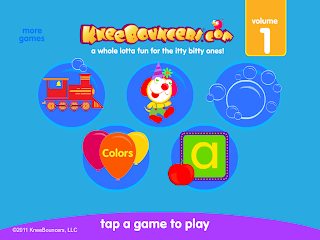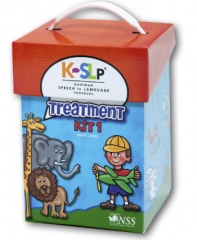Most kids know the traditional story of the three little pigs. Many do NOT know the true story though! I love using these two stories to work on identifying story elements such as characters, theme, settings, etc. I first start with the traditional story of the three little pigs. I use this time to assess what the students already know about this story and their ability to sequence the events. We take a couple sessions to go through the story, learn the sequence, talk about feelings of the characters, predictions and outcomes.
After the students have a feel for the traditional story, I move on to the book written by Jon Scieszka "The True Story of the 3 Little Pigs." This is probably one of my favorite books and activities to do with the kids. The story is from the perspective of Mr. A. Wolf. The story is not only funny, but gives another side to the characters. The students learn that there always two sides to the same story!!
Here are just some of the things we discuss while reading and analyzing this story:
- Compare and Contrast of characters, setting and outcome (I use venn diagrams as a visual of course)
- Discussion of character actions (do the students buy what A. Wolf is selling or do they believe the 3 Little Pigs?)
- Predictions throughout the reading of the story
- Discussion of alternate endings (I like for the students to try to come up with their own endings)
Finally, I end the activity with the students choosing a side. If they choose to believe A. Wolf then they are to come up with a poster to free A. Wolf from jail. However, if they choose to believe the 3 Little Pigs then they are to create a Wanted poster for A. Wolf (this is often then one they choose). After the students complete their posters we of course hang them around the room. The students always have a great time with this story and often learn a lot of new vocabulary and language skills along the way!!
















.jpeg)


